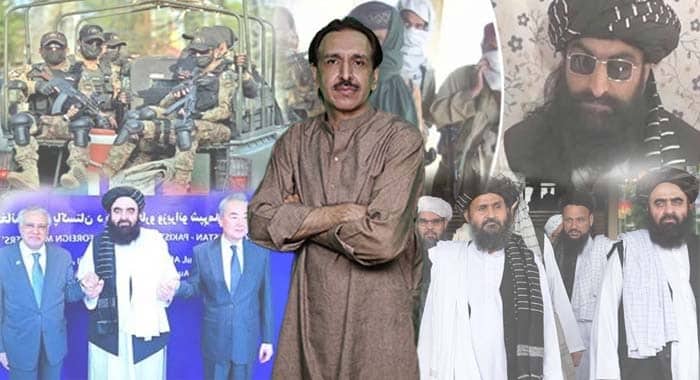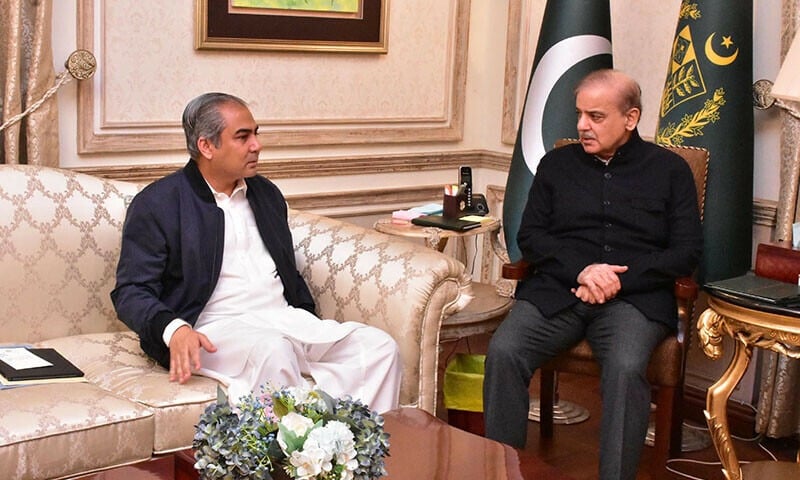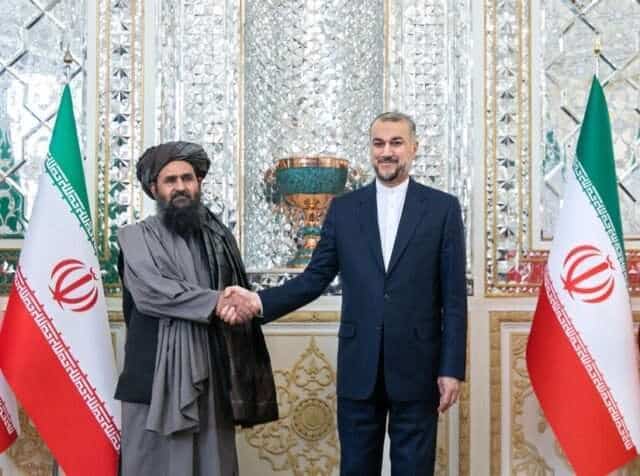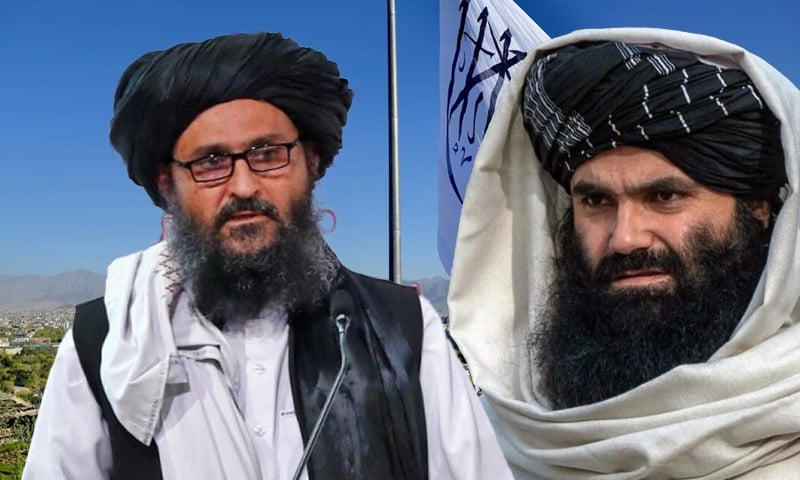The recent revelation about the Islamic Emirate of Afghanistan’s ongoing funding to the head of the banned Tehreek-e-Taliban Pakistan (TTP), Noor Wali Mehsud, is nothing short of alarming, yet unfortunately not surprising. While the world has been grappling with shifting alliances and evolving threats in the region, the growing ties between Afghanistan’s Taliban rulers and the TTP cannot be overlooked. As a defence analyst, I believe this intricate network of support, from the Taliban to terrorist groups like the TTP, is not only a clear threat to Pakistan’s security but also a significant obstacle to regional peace and stability.
For years, the TTP has waged a brutal campaign against Pakistan, leaving a trail of violence in its wake. The financial backing of TTP’s leadership, including Noor Wali Mehsud, by the Afghan government, comes as no surprise. The Taliban, despite their claims of seeking international legitimacy, have consistently maintained ties with groups whose ideologies align with their own. This alliance is not one rooted in necessity alone, but in a shared vision: a vision of destabilizing regional powers, particularly Pakistan. The financial support being channelled into this cause, funding that reportedly includes tens of thousands of dollars a month to purchase arms and ammunition, is nothing more than a reflection of the Taliban’s broader strategy to challenge Pakistan’s sovereignty.
In addition to these financial connections, there is a historical context of cooperation between the Taliban and the TTP, particularly during their shared struggles against NATO forces and the United States. These alliances are not easily severed. Over time, both the Taliban and the TTP have formed an ideological unity, a camaraderie born out of common enemies and shared goals. This makes the task of dismantling the TTP, a group that has had sanctuaries within Afghanistan, especially complicated.
Pakistan’s security concerns, particularly when it comes to cross-border terrorism, remain critical. Yet, diplomacy is at a crossroads. There is growing pressure on Afghanistan’s Taliban rulers to take concrete action against these militant groups operating from its soil. The trilateral talks between Pakistan, China, and Afghanistan, focused on enhancing trade, hinge on the Afghan government’s willingness to sever ties with terror groups, including the TTP. However, this is easier said than done. Afghanistan’s Taliban, although outwardly engaging in negotiations, have not shown any clear signs of abandoning groups like the TTP that serve their larger strategic interests.
For Pakistan, the stakes are high. The country has long struggled with the dual threats of internal insurgencies and external interference. China’s involvement in the region has added a new layer of complexity. While China’s economic engagement in the form of projects like the China-Pakistan Economic Corridor (CPEC) offers opportunities for regional connectivity and growth, it also serves as a carrot and stick for Afghanistan. The Chinese have made it clear that their involvement in regional trade initiatives depends on the Afghan government’s ability to rein in groups like the TTP. But the path to this cooperation is fraught with challenges.
Pakistan is left with a difficult balancing act: how to engage with Afghanistan diplomatically while simultaneously countering terrorism. As someone rightly pointed out, the situation is not one that can be resolved swiftly. Terrorism, particularly when fueled by ideological and financial support from state and non-state actors, takes years to combat. While military airstrikes and border closures may offer short-term reprieve, they are not long-term solutions. The key lies in establishing a sustained, multifaceted approach; one that combines diplomatic pressure, regional cooperation, and intelligence-sharing to stem the flow of funding to terrorist groups.
The growing collaboration between China, Pakistan, and Afghanistan represents a unique opportunity to tackle these issues, but it will take time. The presence of the United States as a potential influencer in this equation adds another dimension of complexity. If the U.S. continues to exert pressure on the Afghan government, as has been suggested by recent developments, it may force the Taliban to make tougher choices. However, the Taliban’s willingness to comply remains uncertain, especially given their entrenched ties with groups like the TTP.
In conclusion, the current situation is not one that can be easily untraveled. The Taliban’s support for groups like the TTP and their ideological unity with these organisations present a long-term challenge for Pakistan and the broader region. While the diplomatic process initiated by Pakistan, China, and Afghanistan is a step in the right direction, it is clear that the road ahead will be fraught with obstacles. Pakistan must remain vigilant, working with both regional and international stakeholders, to ensure that the pressure on Afghanistan’s Taliban regime continues to mount. Only then can there be hope for lasting peace and stability in the region.





